This article was medically reviewed by Mark Ziats, MD, PhD. Dr. Mark Ziats is an Internal Medicine Physician, Scientist, Entrepreneur, and the Medical Director of xBiotech. With over five years of experience, he specializes in biotechnology, genomics, and medical devices. He earned a Doctor of Medicine degree from Baylor College of Medicine, a Ph.D. in Genetics from the University of Cambridge, and a BS in Biochemistry and Chemistry from Clemson University. He also completed the INNoVATE Program in Biotechnology Entrepreneurship at The Johns Hopkins University - Carey Business School. Dr. Ziats is board certified by the American Board of Internal Medicine.
There are 12 references cited in this article, which can be found at the bottom of the page.
This article has been viewed 224,599 times.
Experts say that genital warts typically appear as whitish growths or bumps that can be found on your vulva, vagina, cervix, penis, scrotum, or anus.[1] Genital warts are caused by a sexually transmitted infection, which is spread through skin-to-skin contact or unprotected sexual intercourse. Research suggests that most cases of genital warts are caused by two strains of the Human Papillomavirus (HPV), types 6 and 11.[2] By recognizing the symptoms of genital warts, you can go to your doctor and get tested right away.
Steps
Recognizing the Symptoms of Genital Warts
-
1Examine your genital area and your anus for small pink or red growths. Genital warts will appear as small pink or red growths or bumps on your sex organs and possibly your anus. You may see or feel genital warts on your vagina, your vulva, your cervix, your anus, your penis, or your urethra. Though rare, you can also develop genital warts on your mouth, lips, tongue, or in your throat.[3]
- The warts may look similar to the tops of a cauliflower, and they may be tiny or difficult to see. Look for warts in clusters of three or four that appear to be growing and spreading on your body.
-
2Note if the warts are itchy or irritated. Though genital warts are not usually painful, they may cause irritation, itching, mild discomfort, and sometimes bleeding due to aggressive scratching.[4]
- Keep in mind genital warts can develop six weeks to six months after you have been infected, or longer. You may not notice the warts until several weeks after you have had contact with an infected person, when they are fully developed and the symptoms become apparent.
Advertisement -
3Be aware that you can have genital warts and experience no symptoms. Some people who contract this STI do not display any symptoms and may not be aware they are carrying the disease. This is why it is important to get tested regularly for STIs to ensure you are not unknowingly spreading genital warts.[5]
- Other infections and conditions can mistakenly be identified as genital warts, such as hemorrhoids, syphilis, pearly penile papules, and skin tags. As well, certain skin cancers can appear as genital warts. The only way to confirm you have genital warts is to get tested by your doctor or healthcare provider.
Confirming You Have Genital Warts
-
1Get examined for genital warts by your doctor. Your doctor will look closely at the growths on your body to confirm you have genital warts, particularly any growths on your genital area and your rectum.[6]
- For women, your doctor may perform a complete pelvic exam to check your cervix for genital warts.
- Your doctor may also take a sample of fluid to test for other STIs, like gonorrhea and chlamydia, as well as a blood sample to test for syphilis and HIV.
-
2Allow your doctor to perform a test for HPV. HPV is a group of more than 60 viruses, some of which can cause genital warts.[7] During your check up for genital warts, your doctor may suggest you also get tested for HPV. For women, this means getting a Pap smear to look for any changes in your cervix that could be symptoms of an HPV infection. It is possible that HPV can lead to cervical cancer in women, and it is very important that you get a yearly Pap smear to monitor any possible infections in your cervix; however, the types of HPV that cause genital warts do not cause cancer.[8]
-
3Discuss your treatment options with your doctor. If your doctor confirms you have genital warts, you should have a talk about possible treatments for the STI. One option is to allow your body to fight off the virus and let the warts go away on their own. You should keep the area as dry as possible and wear cotton underwear to allow the warts to clear up.
- If the warts are uncomfortable you can remove them with various genital warts treatments. Keep in mind the warts may still return after treatment, as the treatment cannot cure the virus that causes the warts.[11]
- Refrain from sexual intercourse when you have an active outbreak of warts from HPV, as that is when the virus is most transmissible.[12]
- Your doctor may prescribe medicated creams or ointment that can be applied directly to the genital warts to prevent them from spreading and to help them heal. You can also ask your doctor about injecting a medication called interferon into the warts to remove them.[13]
- You can also remove the genital warts by using cryotherapy to freeze them or electrocauterization to burn them off. Your doctor should explain these procedures and discuss any risks or side effects.[14]
- In general though, all treatments for HPV genital warts are fairly ineffective, with 30–70% of people treated having recurrence within six months.[15]
References
- ↑ https://www.plannedparenthood.org/learn/stds-hiv-safer-sex/genital-warts/what-are-symptoms-genital-warts
- ↑ https://www.who.int/news-room/fact-sheets/detail/human-papillomavirus-(hpv)-and-cervical-cancer
- ↑ https://www.mayoclinic.org/diseases-conditions/genital-warts/symptoms-causes/syc-20355234
- ↑ https://www.plannedparenthood.org/learn/stds-hiv-safer-sex/genital-warts/what-are-symptoms-genital-warts
- ↑ https://www.plannedparenthood.org/learn/stds-hiv-safer-sex/genital-warts/what-are-symptoms-genital-warts
- ↑ http://my.clevelandclinic.org/health/diseases_conditions/hic_genital_warts
- ↑ https://www.webmd.com/sexual-conditions/hpv-genital-warts/hpv-virus-information-about-human-papillomavirus
- ↑ http://www.plannedparenthood.org/learn/stds-hiv-safer-sex/genital-warts
- ↑ https://www.cdc.gov/std/tg2015/warts.htm
- ↑ https://www.cdc.gov/std/hpv/stdfact-hpv-and-men.htm
- ↑ https://www.mayoclinic.org/diseases-conditions/genital-warts/diagnosis-treatment/drc-20355240
- ↑ https://www.plannedparenthood.org/learn/stds-hiv-safer-sex/genital-warts/how-can-i-prevent-getting-or-spreading-genital-warts
- ↑ https://www.mayoclinic.org/diseases-conditions/genital-warts/diagnosis-treatment/drc-20355240
- ↑ https://www.mayoclinic.org/diseases-conditions/genital-warts/diagnosis-treatment/drc-20355240
- ↑ http://www.ncbi.nlm.nih.gov/pubmed?term=9842092
- ↑ http://www.ncbi.nlm.nih.gov/pubmed?term=8836027
About This Article
To figure out if you have genital warts, look for small red or pink bumps around your genital area and anus. Notice if the bumps are itchy, irritating, or painful, which are common signs of the STD. Then, schedule an appointment with your doctor to confirm whether or not you have genital warts. However, keep in mind that there aren’t always noticeable symptoms, so get tested for STDs regularly if you’re frequently changing sexual partners. For more help from our Medical reviewer on how to diagnose genital warts, like what to expect when you go to the doctor, read on.
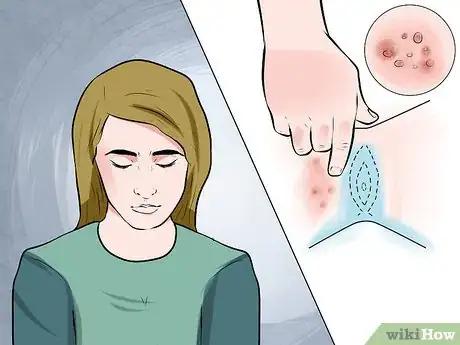

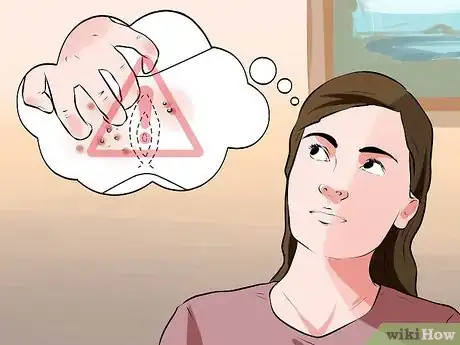
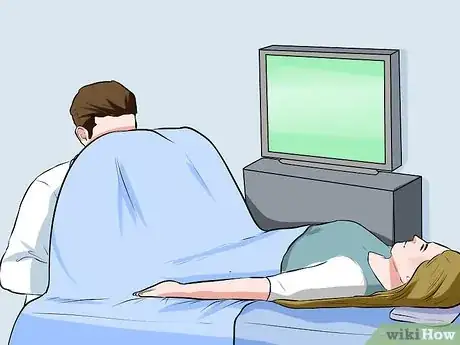
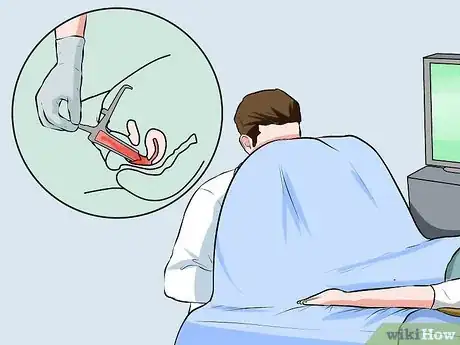
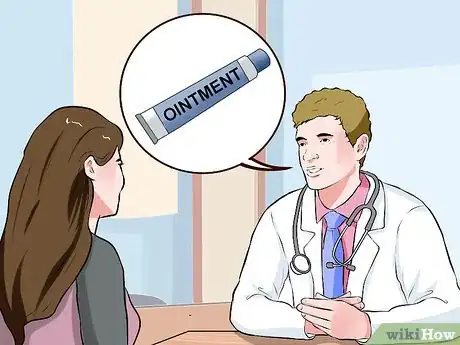
-Step-17.webp)
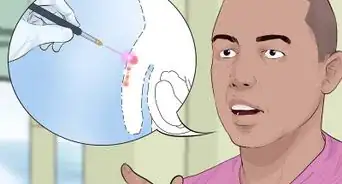
-Step-11-Version-2.webp)
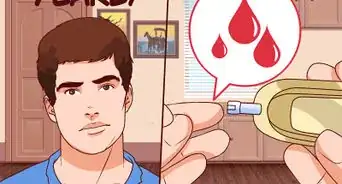

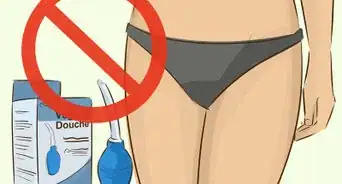
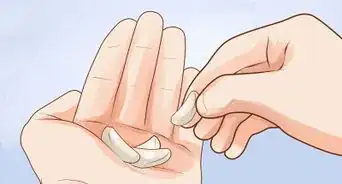
-Step-13.webp)
-Step-10.webp)
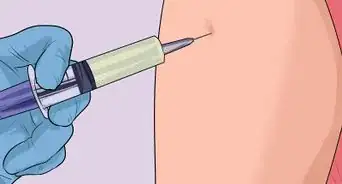
-Step-9.webp)
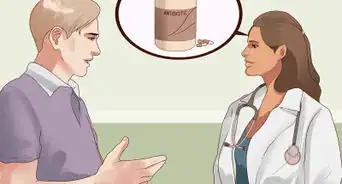
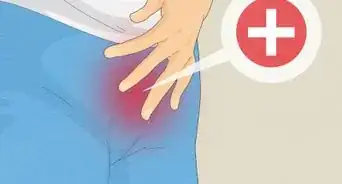








-Step-17.webp)
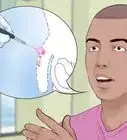
-Step-11-Version-2.webp)
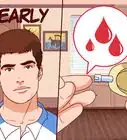



































Medical Disclaimer
The content of this article is not intended to be a substitute for professional medical advice, examination, diagnosis, or treatment. You should always contact your doctor or other qualified healthcare professional before starting, changing, or stopping any kind of health treatment.
Read More...